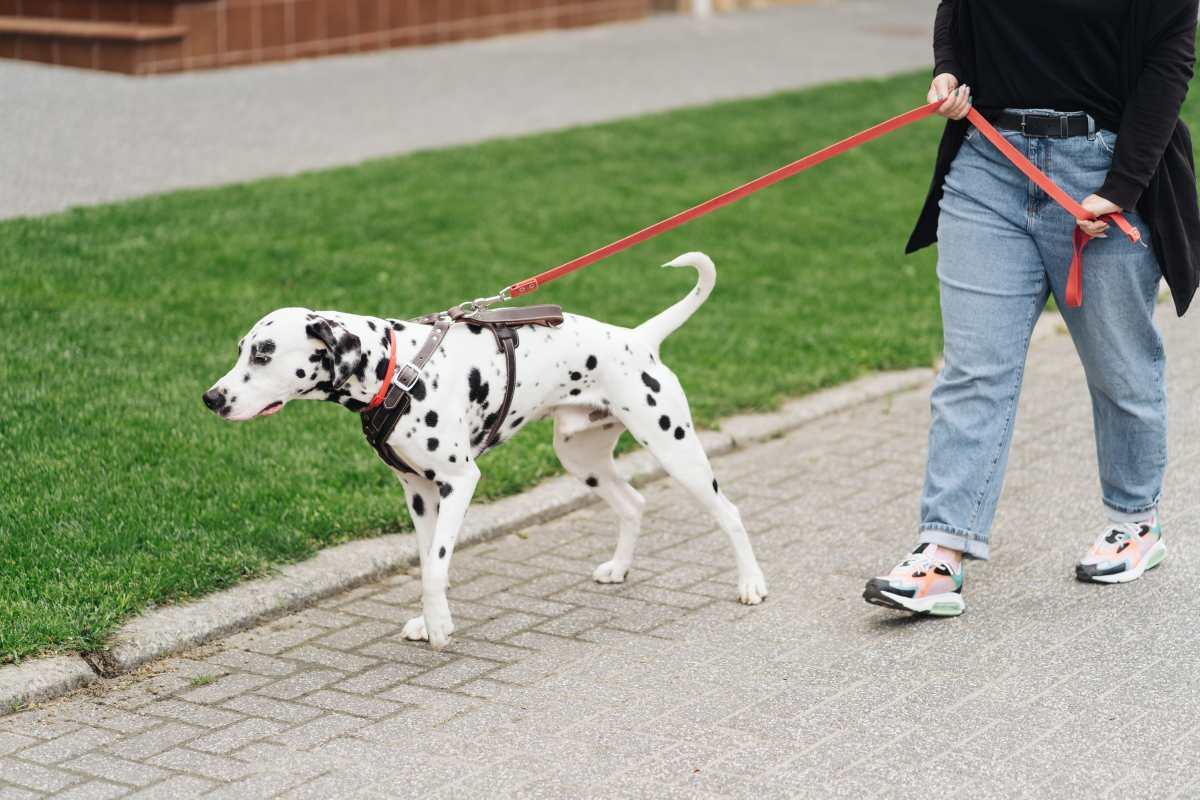Scientists analyzed 3D scans of ancient dogs to trace where our pets really came from — and the discovery busts the biggest myths about modern breeds

Dogs have been around humans for thousands of years, but very few are aware of the evolutionary shifts that have culminated in the modern-day breeds. Two scientists decided it was time to dig deeper into the history of dogs and learn more about the ancestry of these loyal companions. Thorough research and analysis of ancient dog skulls and their DNA uncovered what no one had fathomed and busted the biggest myth about modern breeds. More so, the groundbreaking information about the history of dogs is closely intertwined with how humans lived in the past.

Today, the existence of different breeds of dogs is often credited to, or blamed upon, selective breeders. From happy Golden Retrievers to tiny Chihuahuas and Great Danes, all these breeds were thought to exist because some humans wanted the desirable traits in their pups. However, two separate studies by researchers Allowen Evin and Shao-Jie Zhang have shed light on how different breeds emerged and the complex relationship between dogs and humans that dates back more than 10,000 years. In the first study led by Evin from the University of Montpellier and published in the journal Science on Thursday, November 13, 2025, she and her team analyzed 643 dog and wolf skulls from 50,000 years ago with the help of 3D digital models in a bid to discover the origins of modern dog diversity.

While it is known that dogs evolved from ancient wolves, the “dog-like” skulls did not emerge until about 11,000 years ago during an era called the Holocene epoch. Moreover, the variation in the dog skulls suggested that dog sizes and breeds are more ancient than thought. To understand when wolves finally started evolving into dogs, Evin also studied dog and wolf skull shapes from the Late Pleistocene and found most of them were wolf-like. In conclusion, the evolutionary shift began no earlier than the Late Pleistocene era and went on until the Holocene. Now, this is a clear indication of the fact that dog breeds were as diverse in the past as their modern counterparts.

In the second study by Zhang from the Kunming Institute of Zoology, published in the journal Science, the research team studied DNA from ancient Eastern Eurasian dogs to hint at the complex relationship between humans and dogs. Zhang analyzed 73 ancient dog genomes from the last 10,000 years to understand the origins of dogs and the movement of Neolithic humans across Eastern Eurasia. Previously, four major dog lineages were known, namely, East Asian and Arctic from the East, and Europe and the Near East as Western dogs. Now, as ancient humans moved, the likes of hunter-gatherers, farmers, and pastoralists, their dogs accompanied them and carried their genetic characteristics to other parts of the world.

According to The Conversation, dogs played an important role as “biocultural packages” that moved with humans and took part in cultural exchanges. In addition to being loyal companions, dogs were also traded amongst communities, making for the ancient and complex relationships between humans and dogs. The information can be used to reshape our understanding of dogs and their breeds. It is not a modern revelation but rather a historic element of their diversity, largely shaped by nature, humans, and diverse environments.